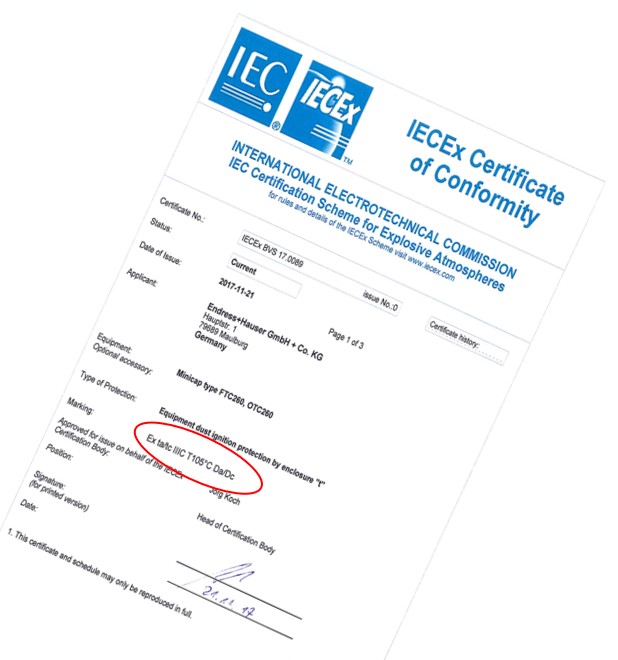Not known Incorrect Statements About Roar Solutions
Table of ContentsThe Greatest Guide To Roar SolutionsThe 9-Second Trick For Roar SolutionsThe Of Roar Solutions
In such an environment a fire or surge is feasible when 3 standard conditions are satisfied. This is often referred to as the "harmful area" or "burning" triangle. In order to shield installations from a prospective surge a technique of analysing and categorizing a possibly hazardous location is needed. The objective of this is to make certain the right selection and installation of devices to inevitably avoid an explosion and to make certain safety of life.

No devices must be installed where the surface temperature of the equipment is more than the ignition temperature of the given hazard. Below are some typical dust unsafe and their minimum ignition temperature level. Coal Dirt 380C 225C Polythene 420C (melts) Methyl Cellulose 420C 320C Starch 460C 435C Flour 490C 340C Sugar 490C 460C Grain Dust 510C 300C Phenolic Resin 530C > 450C Aluminium 590C > 450C PVC 700C > 450C Soot 810C 570C The probability of the danger being existing in a focus high enough to cause an ignition will differ from place to location.
Dangerous area electrical equipment maybe created for usage in higher ambient temperatures. Area Repair Work By Authorised Personnel: Complicated screening may not be required however specific treatments may need to be followed in order for the devices to keep its 3rd party rating. Each item of equipment with a dangerous ranking need to be examined independently.
8 Simple Techniques For Roar Solutions
The devices register is an extensive database of tools documents that includes a minimum collection of areas to determine each item's area, technical parameters, Ex classification, age, and ecological data. The proportion of In-depth to Close evaluations will be figured out by the Equipment Danger, which is analyzed based on ignition danger (the possibility of a source of ignition versus the possibility of a combustible ambience )and the dangerous area category
( Zone 0, 1, or 2). Executing a robust Risk-Based Evaluation( RBI )method is vital for making sure compliance and safety in handling Electrical Devices in Hazardous Locations( EEHA).
4 Simple Techniques For Roar Solutions

In regards to explosive danger, a hazardous area is a setting in which an explosive environment exists (or useful site may be expected to be present) in amounts that need special precautions for the building, installation and usage of tools. Roar Training Solutions. In this short article we check out the difficulties faced in the work environment, the threat control measures, and the needed proficiencies to function safely
It issues of modern life that we make, store or manage an array of gases or fluids that are considered flammable, and a series of dusts that are deemed combustible. These materials can, in certain conditions, develop explosive ambiences and these can have significant and heartbreaking consequences. A lot of us are acquainted with the fire triangle get rid of any kind of among the 3 elements and the fire can not happen, yet what does this mean in the context of dangerous locations? When breaking this down right into its most basic terms it is basically: a mix of a specific quantity of launch or leakage of a certain compound or product, blending with ambient oxygen, and the existence of a resource of ignition.
In many circumstances, we can do little regarding the levels of oxygen in the air, however we can have substantial influence on resources of ignition, for instance electrical tools. Unsafe areas are documented on the hazardous area category drawing and are determined on-site by the triangular "EX-SPOUSE" sign. Right here, among various other crucial info, areas are split into three types depending on the threat, the possibility and duration that an explosive environment will exist; Zone 0 or 20 is considered one of the most hazardous and Zone 2 or 22 is regarded the least.
Comments on “The 25-Second Trick For Roar Solutions”